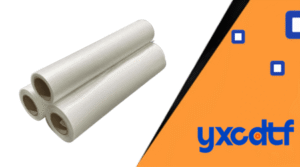DTF (Direct-to-Film) printing is transforming the garment industry worldwide. At the core of this technology lies a material that often gets less attention but is absolutely critical — DTF PET Film.
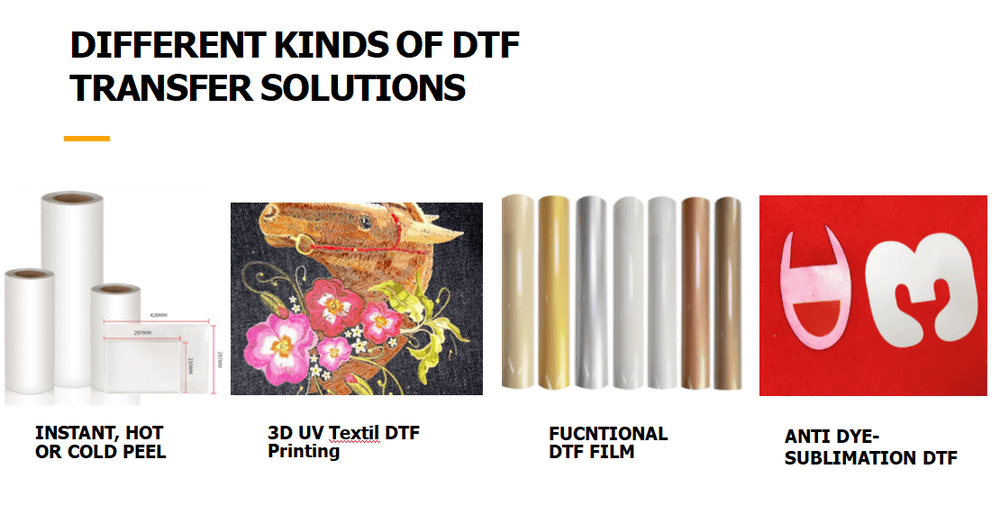
For importers, wholesalers, and garment factories, understanding PET film is not only about product knowledge. It’s about cutting costs, improving efficiency, and ensuring consistent production quality.
📊 Fact-check: According to Grand View Research (2024), the global textile printing market is growing at a CAGR of 9.1% through 2030, with DTF technology leading adoption.
What Exactly is DTF PET Film?
DTF PET Film (Polyethylene Terephthalate film) is a specially coated polyester-based transfer film. It acts as the carrier sheet where designs are first printed before being heat-transferred onto fabrics.
Key Properties:
-
Thickness: 75μm or 100μm
-
Surface: Matte or glossy
-
Coating: Ink-absorbing, anti-static, heat-resistant
-
Peeling Types: Hot peel or cold peel
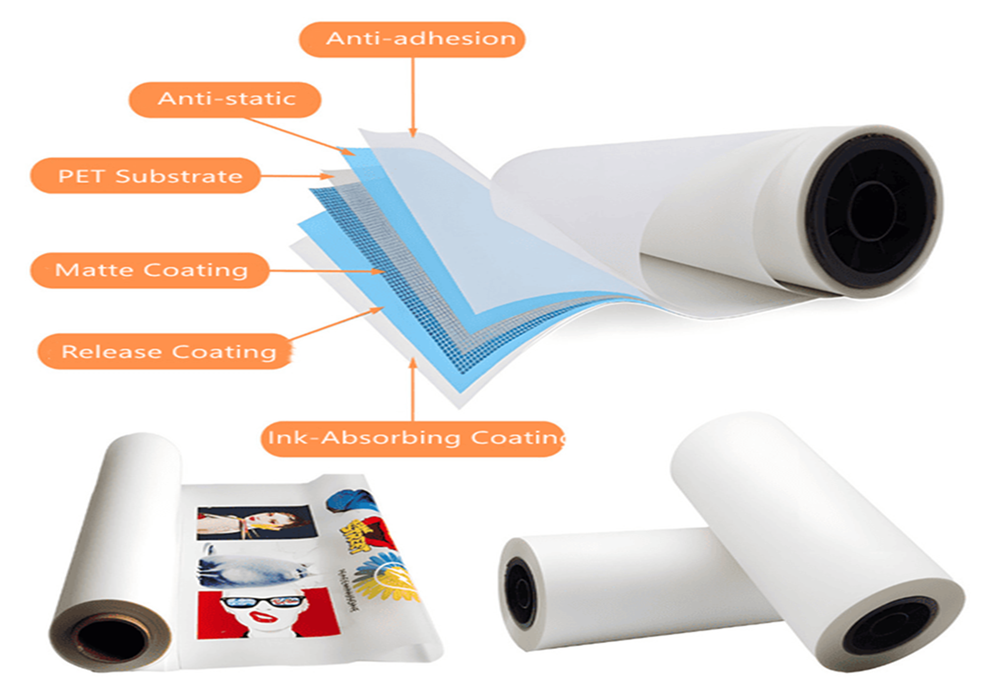
✅ Fact-check: Unlike packaging PET film, DTF PET films undergo release coating treatments to ensure smooth ink adhesion and consistent transfer (FESPA, 2024).
👉 In short, this film is the foundation of successful DTF printing.
How Does DTF PET Film Work in Printing?
The DTF printing workflow involves several technical stages where PET film plays a central role.
Workflow Steps:
-
Design Printing → Inks are printed directly on PET film (CMYK + white base).
-
Powder Application → Hot melt adhesive powder is applied.
-
Curing → Powder is melted at 110–120°C to create an adhesive layer.
-
Heat Transfer → Film is pressed onto fabric at 160–170°C, 15–20 sec, 3–5 bar.
-
Peeling → Hot peel (immediate) or cold peel (after cooling).
-
Final Press → Optional second press for durability.
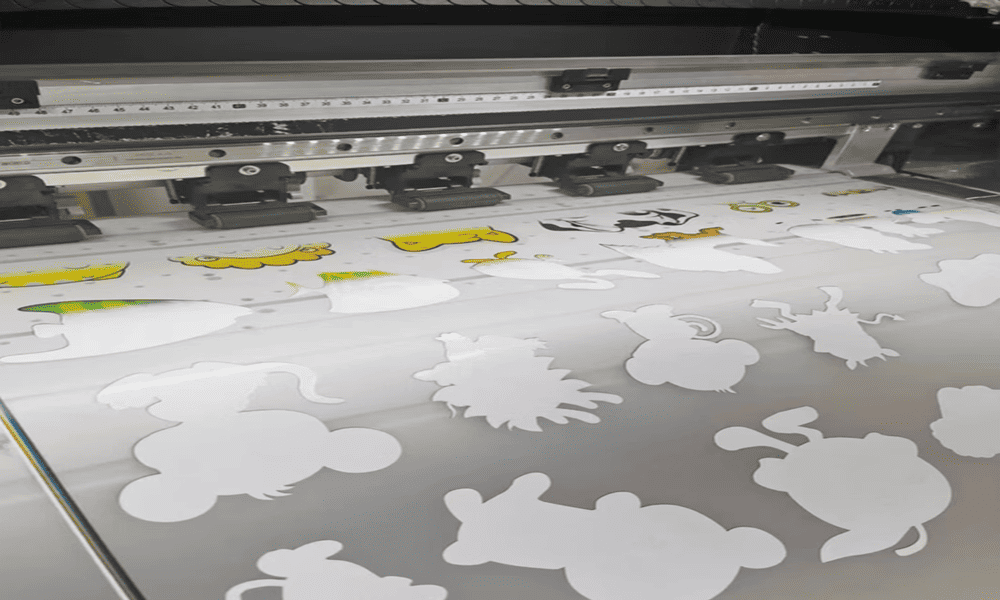
Key Technical Parameters:
-
Printing Resolution: Recommended 1440 × 1440 dpi
-
Surface Tension: Optimal 36–38 dynes/cm for ink spread
-
Peel Force: Hot peel: 5–15 gf/inch | Cold peel: 20–30 gf/inch
✅ Fact-check: Controlled surface tension improves print consistency by 20% and increases transfer success rates above 98% (Printing United Alliance, 2024).
Why is DTF PET Film Important for Apparel Production?
For apparel producers, PET film affects not only print quality but also production economics.
Key Benefits:
-
Bright Colors & Fine Detail
-
High Wash Durability (50+ washes)
-
Stretchability for sportswear
-
Cost savings vs screen printing
-
Compatible with cotton, polyester, blends, nylon, leather
📊 Comparison Table
| Feature | DTF PET Film | Screen Printing | Sublimation | Heat Transfer Vinyl |
|---|---|---|---|---|
| Fabric Compatibility | Cotton, Polyester, Blends, Nylon | Mostly Cotton | Polyester Only | Limited |
| Setup Costs | Low | High (screens) | Medium | Low |
| Color Vibrancy | High | High | Medium | Medium |
| Wash Durability | 50+ washes | 40–50 washes | 30–40 washes | 20–30 washes |
| Detail Accuracy | Excellent | Limited | Good | Limited |
| Production Speed | Fast, digital | Slower | Medium | Slow |
✅ Fact-check: DTF reduces setup costs by up to 40% compared to screen printing (Printwear & Promotion, 2023).
What Should Importers and Wholesalers Look For in PET Film?
Not all PET films are created equal. Here’s what professionals should check:
Buyer’s Checklist:
-
Thickness Tolerance: ±2 μm maximum.
-
Peel Force Range: Hot peel: 5–15 gf/inch | Cold peel: 20–30 gf/inch.
-
Coating Uniformity: Error < ±5%.
-
Anti-static Resistance: Surface resistance 10^9–10^11 Ω.
-
Moisture Resistance: Absorption < 0.5% for export safety.
✅ Fact-check: YXCHTV applies 100% peel force testing and humidity aging tests (40°C, 90%RH, 72h) before export.
👉 Always request supplier certificates: ISO 9001, SGS, MSDS, COA.
How to Choose Between Hot Peel and Cold Peel PET Film?
Both types serve different production needs.
📊 Hot vs Cold Peel Comparison
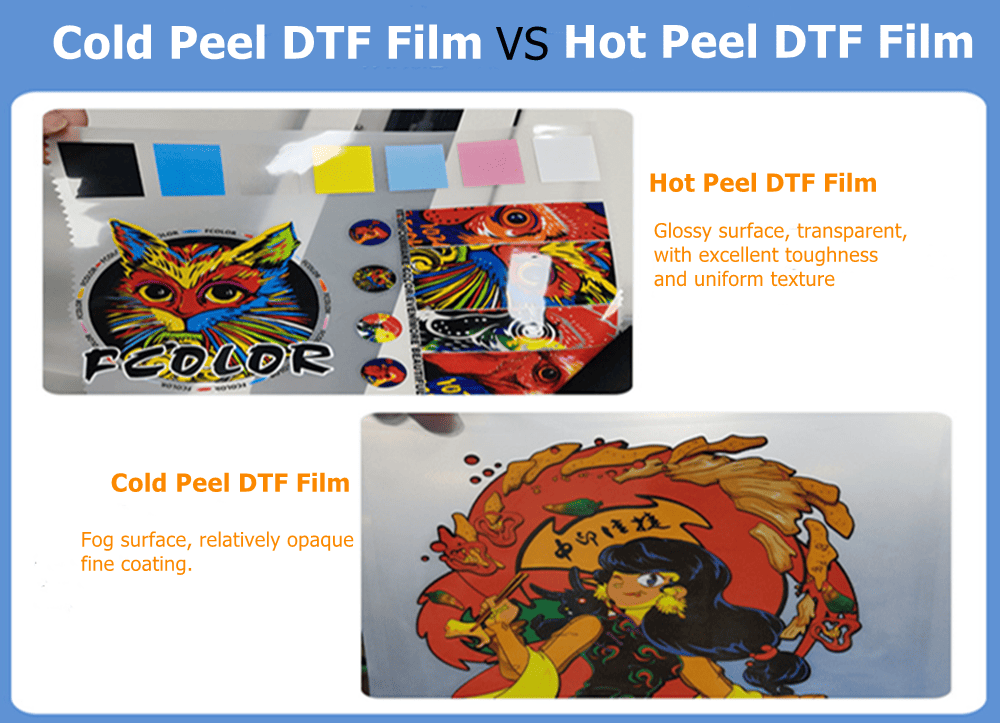
| Feature | Hot Peel PET Film | Cold Peel PET Film |
|---|---|---|
| Peel Timing | Immediate | After cooling |
| Efficiency | Higher (fast runs) | Medium |
| Detail Retention | Good | Excellent |
| Best for | Large runs | Complex logos |
| Cost | Slightly higher | More economical |
✅ Fact-check: Hot peel improves throughput by 25%, while cold peel offers sharper detail (Printing United Alliance, 2024).
👉 Recommendation:
-
Factories → Hot peel for efficiency.
-
Small shops → Cold peel for detail precision.
Global Sourcing and Supply Chain Considerations
Why Choose YXDTF PET Film?
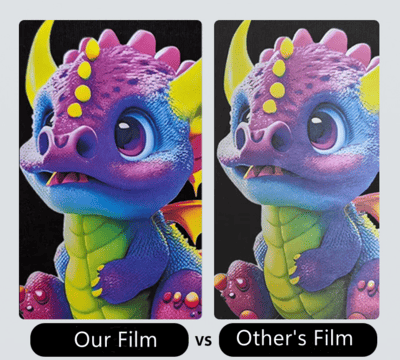
-
Mature DTF supply chain
-
Cost-effective pricing
-
Reliable bulk capacity
Certifications to Request:
-
ISO 9001
-
OEKO-TEX / SGS safety compliance
-
MSDS for chemical safety
Logistics:
-
HS Code: 3920.62 or 3920.69
-
Tariffs: US ~6.5%, EU ~6–8%
-
Packaging: Moisture-proof vacuum + reinforced cartons + pallets
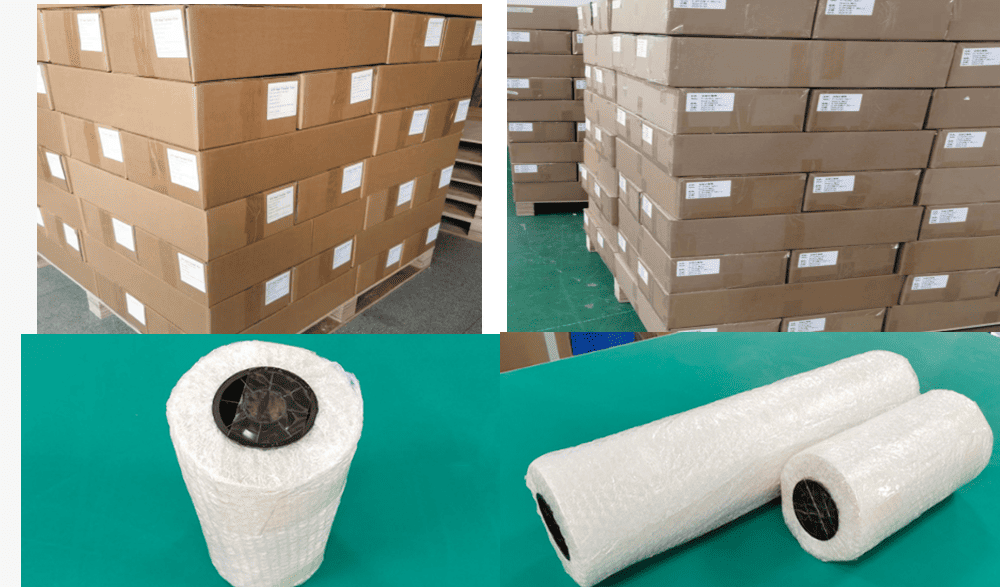
✅ Fact-check: China Customs data (2024) reports a 20% YoY increase in DTF PET Film exports, with Europe & US taking 65% of volume.
🔗 Learn more about our YXCDTF DTF PET Film.
🔗 See FESPA’s report on DTF technology growth.
Conclusion: PET Film as the Backbone of DTF Printing
DTF PET Film is not just another consumable — it’s the backbone of digital garment decoration.
For B2B buyers, it impacts:
-
Print durability
-
Production efficiency
-
Customer satisfaction
📌 Final Fact-check: Allied Market Research (2024) projects double-digit growth in PET film consumption through 2030, driven by on-demand fashion.
👉 If you’re an importer, wholesaler, or apparel factory looking for reliable PET Film, partner with YXCDTF for consistent quality and competitive supply.

